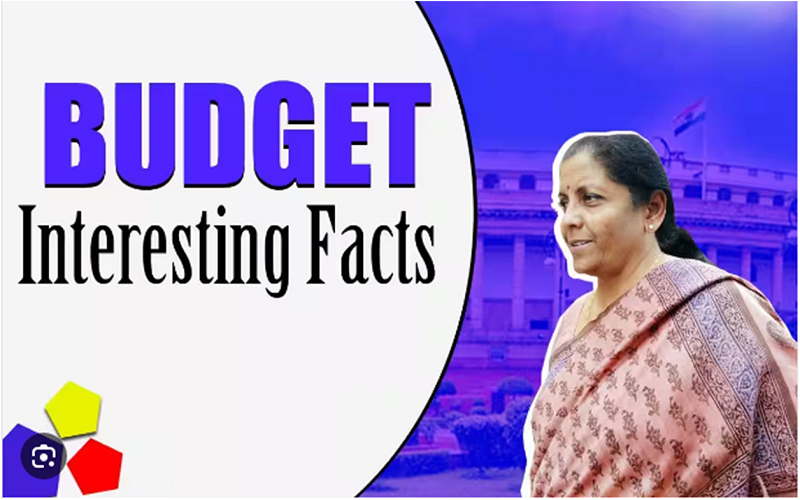Interesting Facts About Union Budget
The Union Budget of India is not just a financial document but a reflection of the country’s economic priorities, policies, and aspirations. Behind the numbers and allocations lie several interesting facts that shed light on the significance and intricacies of this annual ritual. Here are some intriguing facts about the Union Budget:
1. Oldest Budget Tradition in the World:
The tradition of presenting the Union Budget dates back to the British era, with the first-ever budget of independent India being presented on November 26, 1947. However, the timing was later shifted to the last working day of February to align with the financial year.
2. Longest Budget Speech:
In 2001, the then-Finance Minister, Yashwant Sinha, delivered the longest budget speech in the history of independent India, lasting for more than two and a half hours. His speech covered various aspects of the economy, including taxation, fiscal policies, and social welfare measures.
3. Budget Lockers:
Before the presentation of the Union Budget, the Finance Minister traditionally participates in a symbolic ritual known as the “Halwa Ceremony.” During this ceremony, a special type of sweet dish called “halwa” is prepared and served to the Finance Ministry staff, symbolizing the beginning of the budget printing process. The entire budget-making process is then kept under tight security, with designated officials being confined to the North Block until the budget is presented in Parliament.
4. Briefcase Tradition:
The tradition of carrying the budget documents in a briefcase dates back to the British era when the Finance Minister would carry the budget papers in a leather briefcase. This tradition continues to this day, with the Finance Minister posing for the media with the iconic briefcase before presenting the budget in Parliament.
5. Pink Papers:
The budget documents are traditionally printed on pink-colored paper, which has become synonymous with the Union Budget. The use of pink papers is a historical legacy and has been maintained over the years as a symbol of the budgetary process.
6. Halwa Ceremony:
Another interesting aspect of the budget-making process is the “Halwa Ceremony,” which marks the beginning of the printing of budget documents. During this ceremony, which takes place a few days before the budget presentation, halwa (a sweet dish) is prepared in a large cauldron and served to the staff involved in the budget-making process. This ceremony is held in the basement of the North Block, which houses the Finance Ministry’s printing press.
7. Economic Survey:
The presentation of the Union Budget is preceded by the Economic Survey, which is presented by the Chief Economic Advisor to the Government of India. The Economic Survey provides an overview of the country’s economic performance, trends, and prospects, serving as a precursor to the budget presentation.
8. No Budget During Election Year:
In the year of general elections, an interim budget is presented instead of a full-fledged budget. This tradition ensures that the incoming government has the authority to formulate its own budgetary policies and priorities after assuming office.
9. Gender Budgeting:
India introduced gender budgeting in 2005 to ensure that government policies and programs address gender disparities and promote gender equality. The Union Budget includes a separate statement called the “Gender Budget,” which provides a detailed analysis of allocations and expenditures related to women and gender-specific programs.
10. Public Participation:
The Union Budget process involves public consultation and feedback through various channels, including pre-budget consultations with stakeholders, suggestions from citizens through the MyGov platform, and discussions with industry associations and experts. This participatory approach aims to make the budget-making process more inclusive and reflective of the diverse needs and aspirations of the population.
Conclusion:
The Union Budget of India is not just an economic document but a symbol of democracy, tradition, and governance. From its historical legacy to its modern-day rituals, the budget process is filled with intriguing facts that highlight its significance in shaping the country’s economic future. As India continues to evolve and grow, the Union Budget remains a cornerstone of its fiscal policy and governance framework, reflecting the nation’s aspirations and priorities.


